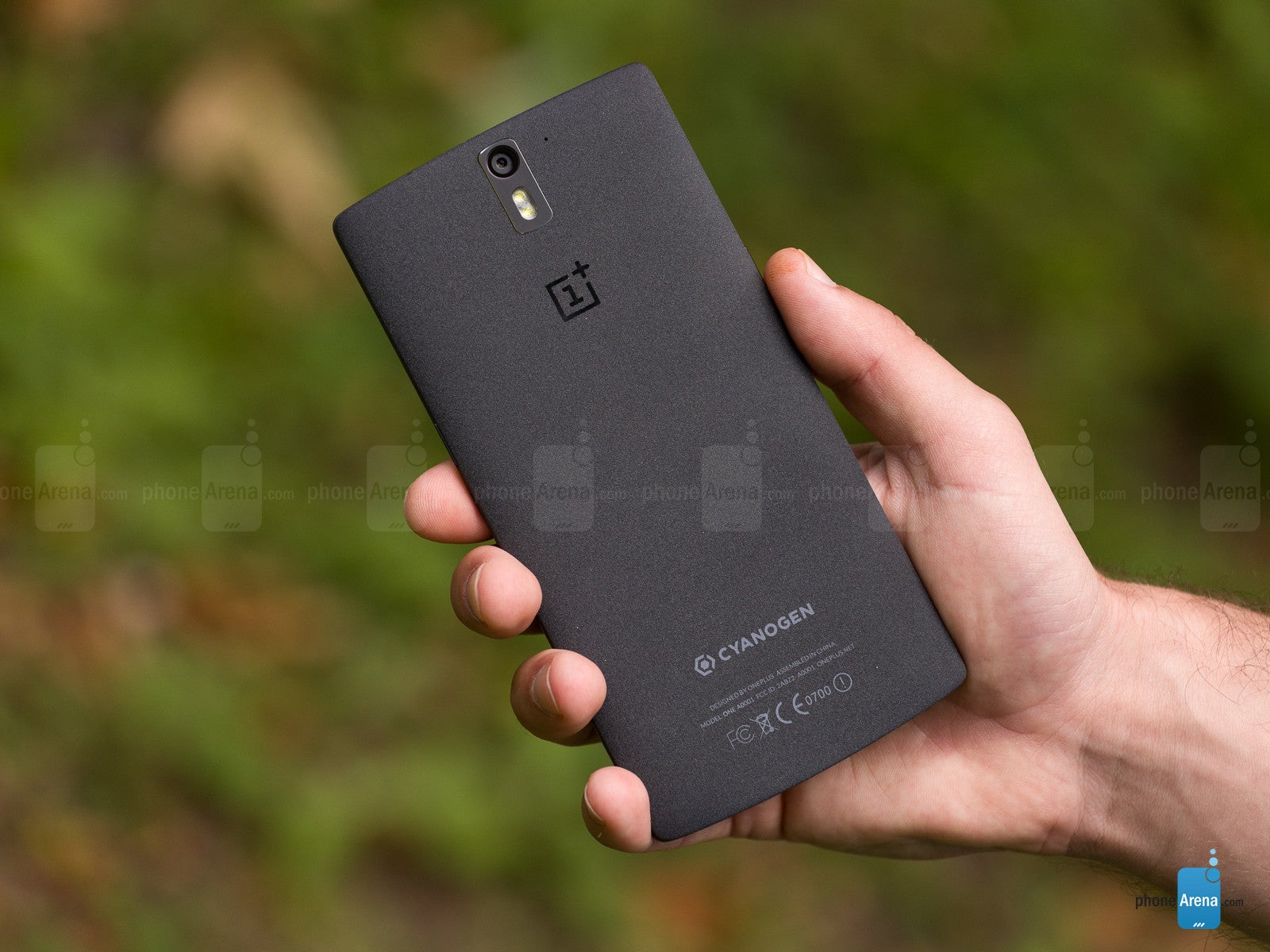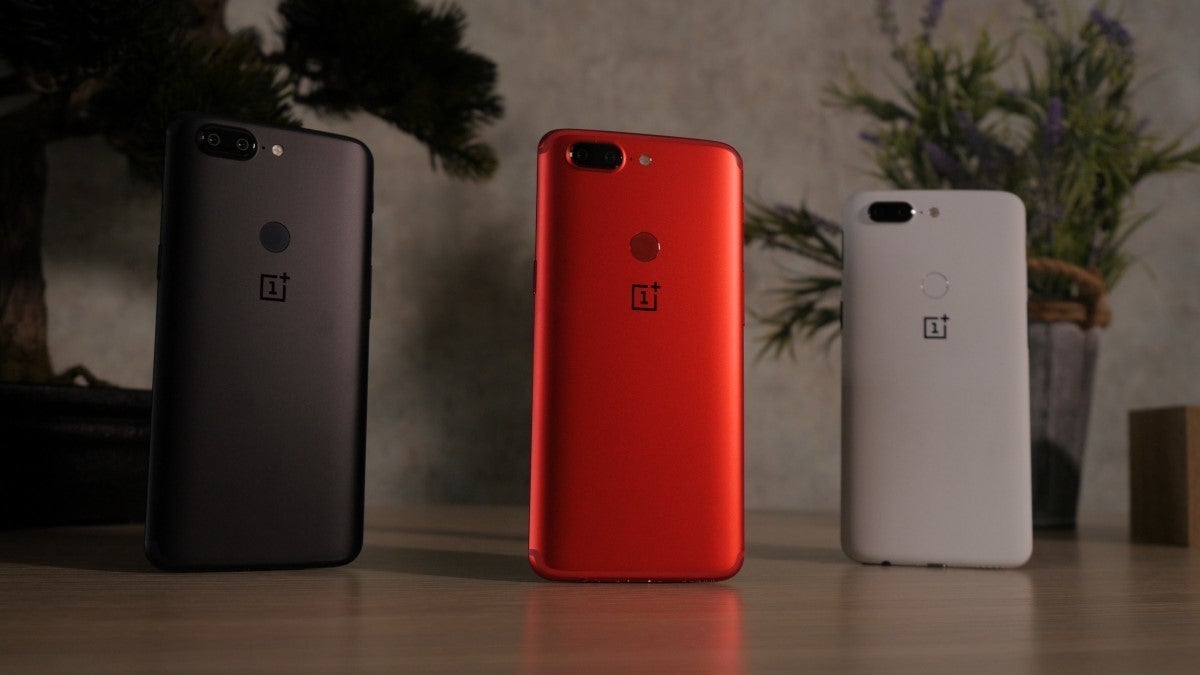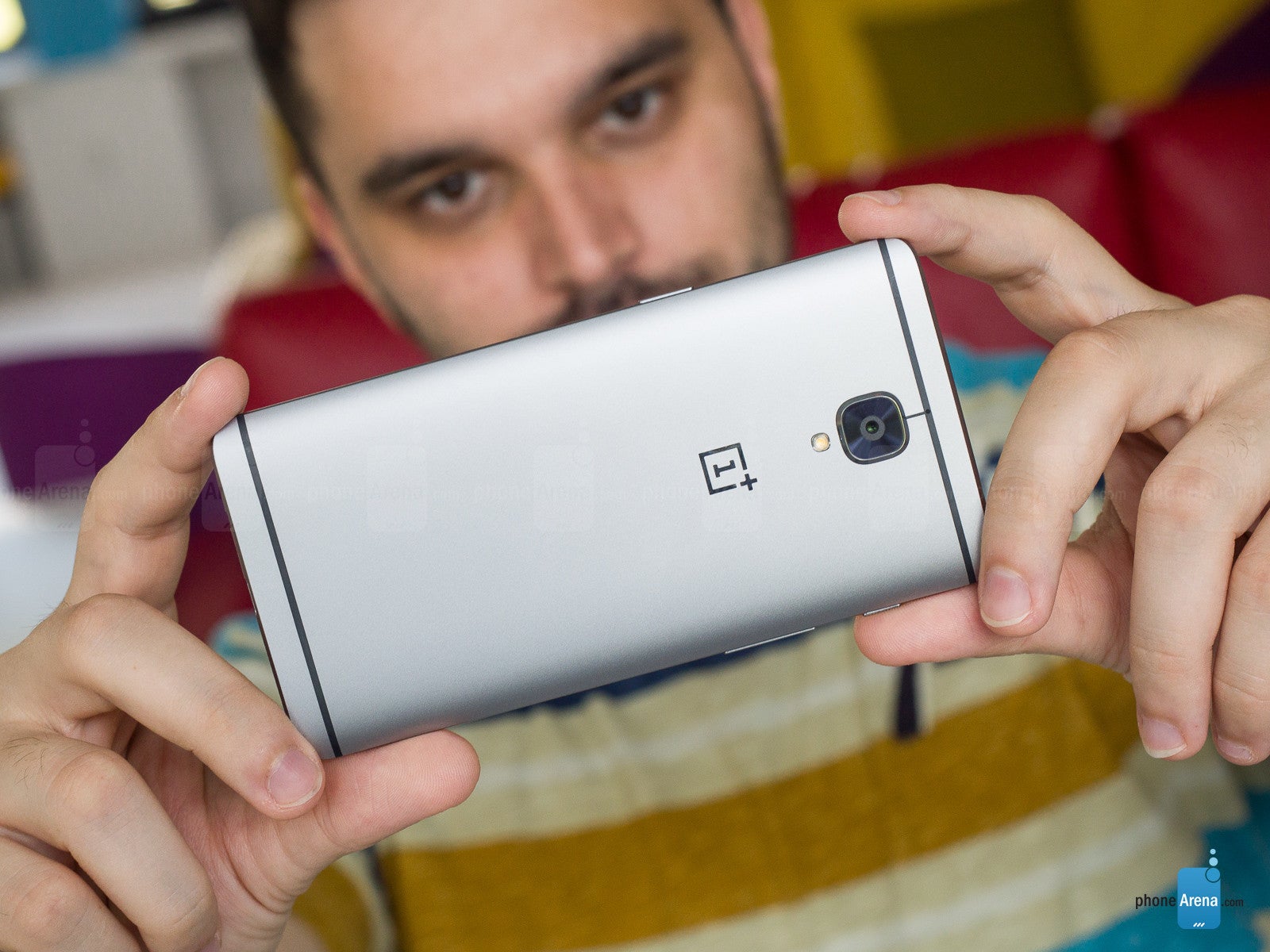OnePlus: Yesterday, Today, Tomorrow

Everyone loves an underdog story, especially when it's a David versus Goliath situation. The odds are never in favor of the underdog, naturally, which is also part of the reason why it's so satisfying whenever the outcome is a successful one for them. Do you want to know who's an underdog in the smartphone space? Well, you only need to look at OnePlus, who has been continually playing up the underdog role since their break into the space back in 2014. Considering how that was a mere 4 years ago, it's pretty impressive to witness the company's transcendence from an unknown newcomer, to one that has garnered one of the best fan followings in the mobile space.
Diving into a chaotic sea early on
As we've mentioned already, it's quite the thrill ride entering the space for the very first time, and for OnePlus back in 2014, they were entering uncharted territory! Co-founders Pete Lau and Carl Pei founded the company back in December 2013, and in a few short months later in April 2014, they announced its first smartphone in the OnePlus One. You could say that it was a chaotic period, as they were competing against seasoned veterans such as Apple, Samsung, LG, Motorola, and HTC to name a few. In an era where it competed against the likes of the Samsung Galaxy S5, HTC One M8, and even the iPhone 5, it's almost unbelievable looking back that this newcomer was able to rattle the market.

The OnePlus One was deemed the "flagship killer" when it was released back in 2014.
A different distribution strategy
Part of OnePlus' continued successes extends not only to the incredible value that its smartphones offer to consumers, but also to their unique distribution strategy – one that doesn't seem all that complicated when you think about it. Up until the release of the OnePlus 3 in the summer of 2016, the company largely leveraged the invite system as the only way to purchase its phones. This, of course, had its pro and cons, as this controlled method meant that they couldn't oversell devices. And the beauty in this strategy was that it added this layer of prestige to owning its devices, as not everyone could readily buy it.
Even though the invite strategy has long been discontinued, as the company shifted to sales through its online channels, OnePlus still has the habit of selling its phones directly to consumers through its pop-up stores. Typically, these pop-up stores coincide with the launch of its phones, so there's a short window between the time phones are announced and these pop-up stores opening up. Lines are usually long, generating curious inquiries from random people, which in turn helped to expand OnePlus' brand to those who aren't directly familiar with the company.
Listening to its users and fans with its "Never Settle" attitude
If there's a tagline that has become synonymous with OnePlus, it has to be its continuing "Never Settle" attitude. Naturally, this is the core focus with its smartphones, as they have always offered incredible features that consumers crave and want in their phones. Feedback from its customers have proved fruitful in delivering timely software updates to constantly enhance the experiences with its phones. And most apparent is how the they want to provide value in its products, which is exactly why they've been pretty aggressive in regards to the price of its smartphones.
Another aspect that continues to fuel OnePlus' evolution is the diverse community that they've fostered through its budding online forums. The loyal fan-based community enables them able to directly influence the company in terms of what aspects they want to see in its phones, such as retaining the headphone jack when others have been dropping it – or being one of the first to adopt the USB Type-C port into its flagship. Combining this budding community and OnePlus' "Never Settle" attitude, this symbiotic relationship is unique because we don't usually this sort of thing.

The "Never Settle" attitude has been something that has followed each OnePlus smartphone, offering the best of the best at an incredible value.
Focus on fewer mentality

Unlike other companies that release an army of phones each year, OnePlus' strategy is only to focus on one or two.
Indeed, the size of the company still pales in comparison to the number of engineers, designers, and pertinent staff members that other companies lay claim to, but it's impressive how they've been able to thrive. Just look at LeEco for example, a company that at one point seemed destined to penetrate the US market, but as we've seen, its operations ceased entirely in just a short span of time – so it's a testament to how OnePlus has handled its operations. Sure, they could ramp things up and expand its lineup to encompass a broad range of devices, such as tablets, low-cost budget phones, and even some other consumer tech, but they haven't.
Premium looking phones with unique finishes
If we're to look at the current line of flagship smartphones in the space, you might realize that they all share a commonality with their designs – the glass meets metal construction that has overtaken nearly every corner of the industry. Rather than following this trend, OnePlus is able to distinguish its designs from everyone else because of the unique finishes with their phones. This by itself is what has allowed OnePlus' smartphones to stand out from the pack.

Even with the competitive prices attached to its smartphones, OnePlus has never shied away from offering premium designs.
Not only do they continue to leverage metal with its designs, but they're not afraid to also sprinkle in something different and unique – such as the sandstone finish that many of its phones received. Factoring in the price points that OnePlus has settled on with its smartphones, it's really difficult to fathom that they'd be accompanied with premium designs, but that's exactly the case each and every time. Going back to that "Never Settle" attitude, it's honestly rewarding to see a phone that's not flaunting the cookie cutter design that everyone has seemed to adopt!
Undercutting the competition with pricing
Value has been something we've seen time after time with OnePlus' smartphones, another core fundamental principle they've been faithful about since their arrival onto the scene. One of the bigger reasons why OnePlus has been able to make some noise, especially considering that they don't even crack the top 5 smartphone maker list, is that they've been vigilant about maintaining competitive prices. From the onset even, they were able to raise eyebrows because its phones have continued to maintain that flagship caliber status, but without the flagship cost.
Even as prices have gradually increased year over year, OnePlus remains cognizant about the kind of value its smartphones have to offer consumers at a fraction of the cost.
Not surprisingly, this is where they've been able to undercut its competitors. Naturally, this focus on making premium smartphones at competitive prices could be attributed to the direct sales strategy that they've adopted. But still, it's almost unbelievable how they're even able to achieve such competitive prices in the first place – knowing the collateral cost that would be involved when you factor in advertising and marketing. Even as prices have gradually increased year over year, OnePlus remains cognizant about the kind of value its smartphones have to offer consumers at a fraction of the cost.
Somehow they're able to survive with the direct to consumer strategy
Speaking about that direct to consumer strategy, it's usually a roadblock to bigger and better things for other companies, but for OnePlus, they've managed to somehow continually succeed. Look at Huawei for example, who just like OnePlus, sells its phones directly to consumers in the US through its online channels. But unlike them, there's no denying that OnePlus has this cult-like status – which allows them to thrive using this approach to selling its phones.
Will they continue to never settle?
Besides the two occasions throughout the year when OnePlus announces new hardware, news pertaining to the company are relatively quiet – but that's never a cause for alarm. As we mentioned earlier on, the smartphone industry is always highly volatile, as today's ground shakers can potentially end up being a tiny figment, and vice versa. For OnePlus, its history has been a short one thus far, but even with that, they've been able to creep the ladder in being an established brand.
Looking at the last two devices released by them, there's no arguing that they've adopted many of the trends that have become common in today's smartphones – like having that 18:9 screen aspect ratio with its display or donning dual cameras. We're more curious about the boundary that OnePlus is willing to cross over in order to better increase its positioning in the space. Sure, the prices of its phones have gradually increased since the beginning, but we're confident that they'll continue to undercut the competition in the price category. But to what degree would they dare to increase prices?
Follow us on Google News













Things that are NOT allowed:
To help keep our community safe and free from spam, we apply temporary limits to newly created accounts: